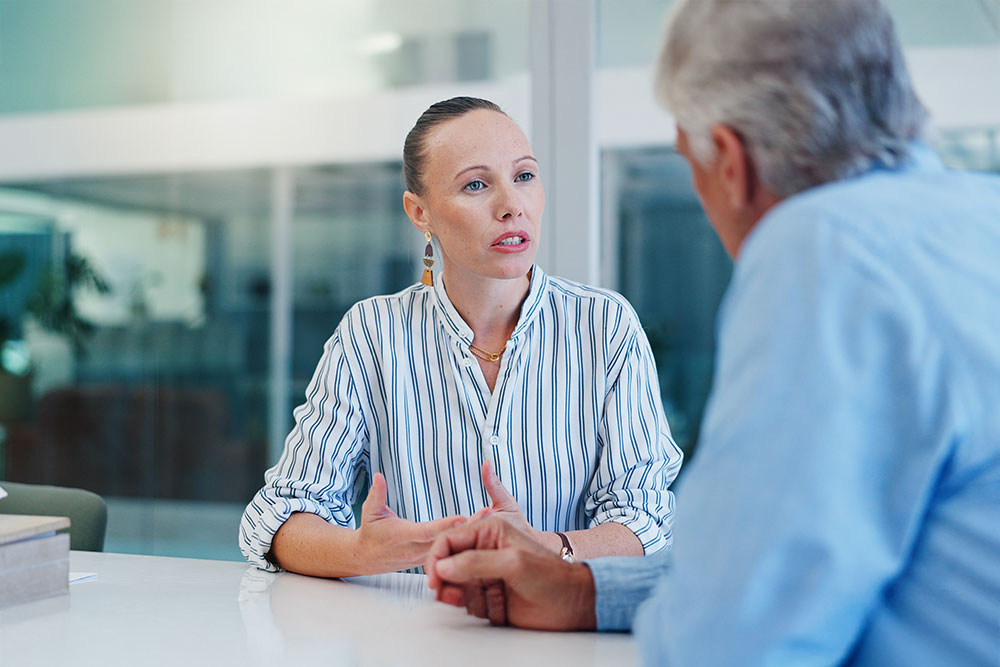
After a workplace accident, you might find yourself asking, “Is my incident reportable under RIDDOR?”
This is an important question to answer. Work-related accidents are disruptive, expensive and sometimes the result of non-compliance. Missing a required RIDDOR report on top of this will only make a tough situation worse.
So, this guide explains the types of injuries and incidents that must be reported under RIDDOR. It also covers deadlines and reporting procedures so you know when and how to make your reports, too.
What is RIDDOR?
RIDDOR stands for the Reporting of Injuries, Diseases and Dangerous Occurrences Regulations 2013.
Under these regulations, employers, the self-employed and people in control of work premises must report certain work-related incidents to a relevant enforcing authority, which is typically the Health and Safety Executive (HSE).
Reporting isn’t necessary for every incident; it’s only for those where significant harm has occurred or almost occurred. In these situations, the HSE (or other authority) must be made aware so they can decide if intervention is necessary and gather valuable information that may prevent future incidents.
There are four broad categories of reportable incidents:
- Fatal injuries
- Severe injuries
- Occupational diseases
- Near misses that had the potential to cause serious harm (i.e., “dangerous occurrences”)
We’ve explored each of these categories in more detail below.
Accident Investigation Training
Our accident investigation training guides users through a step-by-step process for investigating workplace accidents. It helps trainees gather facts, identify root causes, interpret findings and implement measures to prevent future incidents.
What Counts as Reportable?
First, it’s important to note RIDDOR only applies to work-related accidents.
So deciding if an accident is work-related is the first step in answering, “Is my incident reportable under RIDDOR?”
The HSE describes an accident as a “separate, identifiable, unintended incident that causes physical injury.” This definition includes acts of violence.
And an accident is work-related if it is connected to:
- How work was organised, supervised or carried out
- Machinery, plant, equipment or substances used for work
- Circumstances of the site or premises work was carried out
A workplace injury or even fatality isn’t reportable if none of these conditions are met.
For example, a report wouldn’t be necessary if an employee suffered a naturally occurring heart attack during the work day.
RIDDOR only applies if there’s an undeniable link between work activities and an employee’s (or a member of the public’s) death.
Injuries
Four types of injuries must be reported under RIDDOR.
1. Fatal Injuries
You must make a RIDDOR report if anyone (employee or not) is killed in a work-related accident.
If someone survives the initial accident but dies within one year as a result of their injuries, this counts as a work-related death and must be reported as such.
As mentioned, workplace suicides and deaths by natural causes are excluded.
2. Specified Injuries
Severe injuries must also be reported under RIDDOR.
What counts as severe is specified in the regulations; they contain a list of injuries that must be reported. This list includes:
- Fractures to any body part other than fingers, thumbs and toes
- Amputation during an accident or later surgical amputation as a result of an accident
- Permanent blindness or loss of eyesight in one or both eyes
- Crushing injuries to the head or torso
- Burns of any type that cover a minimum of 10% of a person’s body or cause severe harm to the eyes, respiratory system or vital organs
- Loss of consciousness caused by head injury or lack of oxygen.
- Scalping (the traumatic peeling/separation of skin from the head) that requires hospital treatment
- Any injury resulting from work in a confined space

3. Injuries Causing a Seven-Day Absence
Any injury that prevents an employee (or self-employed) person from undertaking their regular work activities for at least seven days (not including the day of the incident) must be reported.
You’re also required to internally record accidents that cause a minimum three-day absence, but there’s no need to notify the HSE until the seven-day threshold is reached.
4. Injuries to the Public
Any injury to a member of the public or non-worker must be reported if it requires immediate hospital treatment.
If someone is injured and taken to hospital as a precaution but not given treatment, there’s no need to report.
Diseases
As with injuries, RIDDOR lists specific occupational diseases that must be reported. This list includes:
- Occupational asthma
- Occupational cancers
- Occupational dermatitis
- Carpal tunnel syndrome
- Hand-arm vibration syndrome (HAVS)
- Tendonitis of the hand or forearm
- Severe cramp of the hand or forearm
- Any disease caused by exposure to a biological agent
Dangerous Occurrences
Certain incidents that have the potential to cause serious harm but don’t must also be reported. There are 27 categories of specified “dangerous occurrences” (also known as near misses) relevant to most workplaces, including:
- Fires or explosions caused by an electrical short circuit
- Fires or explosions that force a minimum 24-hour work delay
- Failure in the load-bearing part of lifting equipment (including equipment used to lift people)
- Structural collapse during construction or maintenance work
The list of dangerous occurrences is longer for mines, quarries, off-shore installations and rail-based transport systems.
When Do You Need to Make a Report?
You should report as soon as possible.
But if you’re delayed for any reason, you have 10 days to report a fatality or specified injury. This time limit is extended to 15 days for accidents that cause a 7-day incapacitation.
What if the Extent of the Injury is Unclear?
A RIDDOR report isn’t necessary until you know the full extent of an injury. There’s no need to make a provisional report if you suspect the injury meets the requirements but don’t know for sure.
How Do You Make a Report?
RIDDOR reports must be made via the “quickest practicable means” to ensure a speedy resolution.
The HSE encourages online reporting but maintains a telephone service exclusively for reports of specified injuries and fatalities.
Most reports should be made to the HSE, but incidents in leisure or hospitality businesses should go to the relevant local authority. If you’re unsure which authority you should notify, check the HSE’s website.
What Happens if You Don’t Report an Incident?
RIDDOR is a set of regulations, which means it’s legally binding. Failing to notify the relevant authority of a reportable incident is effectively breaking the law.
If the HSE finds you’ve covered up an incident or missed a report, you could be taken to court and handed a prison sentence of up to two years.
Is My Incident Reportable Under RIDDOR? – Key Takeaways
- An incident is reportable under RIDDOR if it is work-related and causes a fatality or a specified injury, occupational disease or dangerous occurrence.
- Report incidents as soon as possible and within the required timeframe (10 days for fatalities/severe injuries and 15 days for accidents causing a 7-day incapacitation)
- All incidents are reportable online. Phone reporting is only possible for fatalities and specified injuries.
Preventing Reportable Incidents
Most reportable incidents happen in industrial workplaces because the risks are greater. And when risks are greater, safety training needs to match.
Our online Industrial Health and Safety Training course raises awareness of the risks industrial workers face and how they can be managed. It covers manual handling, working at heights and handling hazardous substances – all activities with the potential to cause reportable injuries. Workers will be equipped to identify hazards and apply relevant control measures to reduce risks and prevent work-related accidents.





















